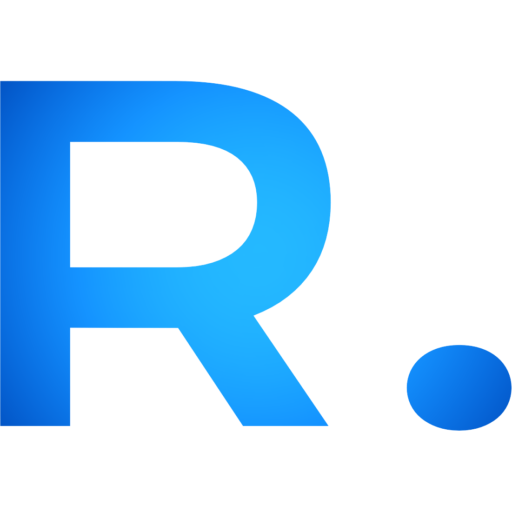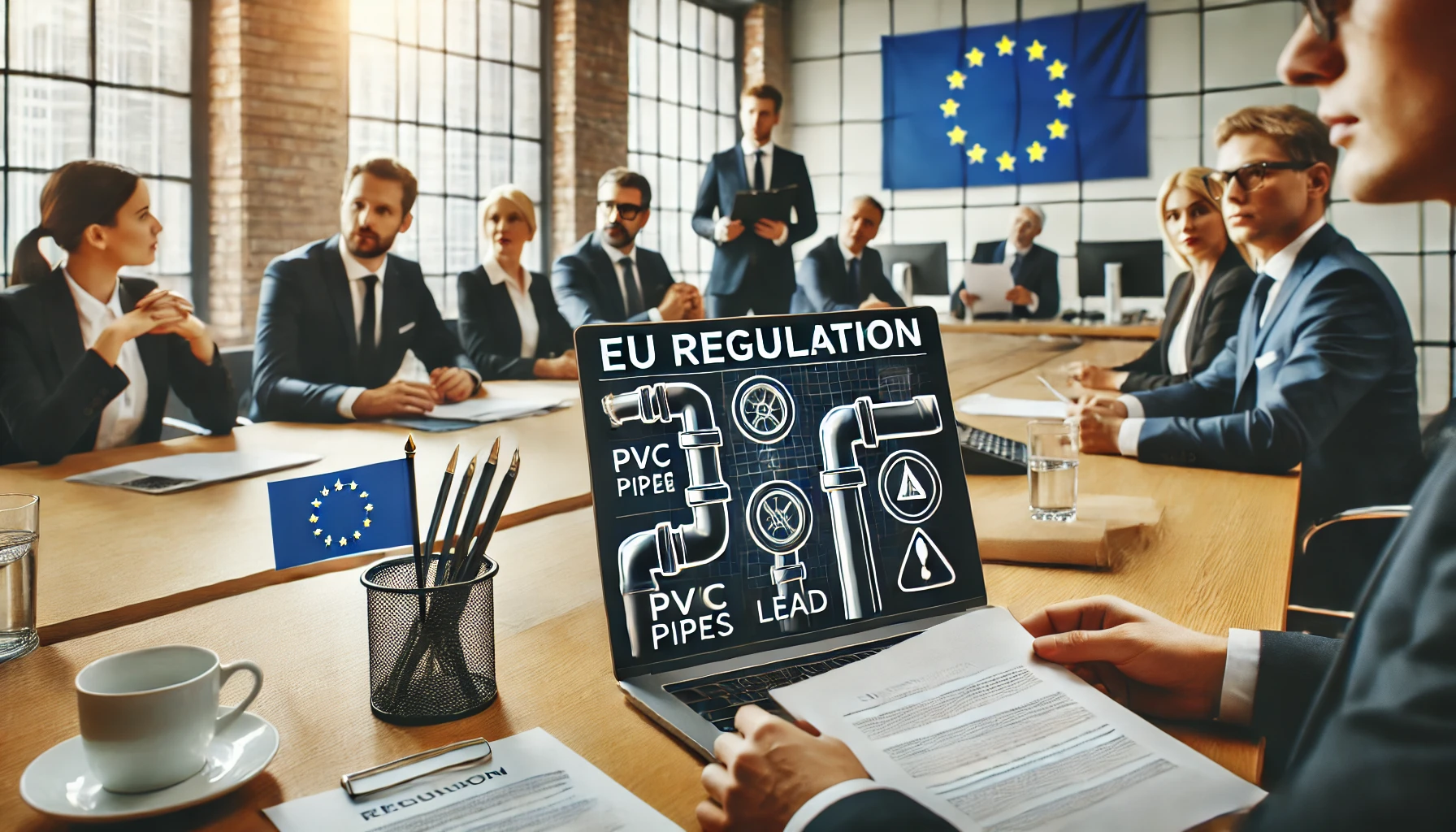Unia Europejska wprowadziła nowe ograniczenia dotyczące stosowania ołowiu w produktach z PVC (polichlorku winylu), mające na celu zminimalizowanie narażenia ludzi na tę niebezpieczną substancję. Zaktualizowane rozporządzenie, przyjęte 3 maja 2023 r., zmienia załącznik XVII do rozporządzenia REACH (WE nr 1907/2006) i ustanawia jasne wytyczne dotyczące stosowania i wprowadzania do obrotu produktów z PVC zawierających ołów.
Wpływ ołowiu w produktach z PVC
Ołów jest toksycznym metalem, o którym wiadomo, że negatywnie wpływa na układ nerwowy, szczególnie u dzieci, a także powoduje przewlekłe problemy z nerkami i wpływa na zdrowie układu sercowo-naczyniowego. Historycznie związki ołowiu były stosowane w produkcji PVC jako stabilizatory, zwiększając stabilność termiczną materiału podczas produkcji. Jednak ze względu na ich szkodliwe skutki UE uznała celowe dodawanie ołowiu do produktów PVC za niedopuszczalne dla zdrowia publicznego i bezpieczeństwa środowiska.
Najważniejsze elementy nowego rozporządzenia
- Ograniczenie zawartości ołowiu:Od 29 listopada 2024 r. artykuły z PVC o stężeniu ołowiu równym lub wyższym niż 0,1% wagowo nie będą już dozwolone na rynku UE. Ograniczenie to dotyczy zarówno nowych produktów z PVC, jak i tych wykorzystujących przetworzone PVC.
- Ograniczone wyjątki dla przetworzonego PVC:Uznając wyzwania związane z recyklingiem istniejących materiałów PVC, rozporządzenie dopuszcza wyjątki dla niektórych przedmiotów z recyklingu PVC. Elastyczny PVC z recyklingu może być używany do 28 maja 2025 r., podczas gdy sztywny PVC z recyklingu jest dozwolony do 28 maja 2033 r., w zależności od konkretnego zastosowania.
- Wymagania dotyczące etykietowania:Produkty z PVC zawierające przetworzone sztywne PVC o zawartości ołowiu 0,1% lub większej muszą mieć czytelne etykiety informujące konsumentów. Ten wymóg etykietowania pomoże kupującym podejmować świadome decyzje, jednocześnie wspierając segregację odpadów podczas utylizacji.
- Okres przejściowy w branży:Przedsiębiorstwa mają 18-miesięczny okres adaptacji od daty przyjęcia rozporządzenia, aby dostosować swoje praktyki produkcyjne i łańcuchy dostaw do nowych przepisów. Produkty, które były już na rynku przed datą wejścia w życie, są zwolnione z ograniczenia, aby uniknąć nadmiernej utylizacji i związanych z tym trudności w egzekwowaniu.
- Promocja alternatyw bezołowiowych: Aby jeszcze bardziej ograniczyć ryzyko dla zdrowia, rozporządzenie zachęca do stosowania alternatyw bezołowiowych do stabilizacji PVC. Komisja Europejska i organy regulacyjne podkreślają dostępność wykonalnych substytutów, które oferują podobne osiągi bez szkodliwych skutków ołowiu.
Konsekwencje dla przedsiębiorstw
Nowe rozporządzenie ma szerokie implikacje dla producentów, importerów i dostawców produktów z PVC w całej UE. Firmy, które polegają na przetworzonym PVC, powinny ocenić swoje obecne praktyki produkcyjne, aby zapewnić zgodność. Dostawcy są również odpowiedzialni za uzyskanie certyfikatów weryfikujących pochodzenie i zawartość przetworzonego PVC, zwłaszcza w przypadku towarów importowanych, które muszą być certyfikowane przez niezależną stronę trzecią.
Przestrzeganie tych zasad to nie tylko wymóg prawny, ale także okazja dla firm, aby przyczynić się do zdrowszego środowiska. Firmy, które proaktywnie inwestują w alternatywy bezołowiowe i przejrzyste etykietowanie, mogą pozycjonować się jako odpowiedzialni liderzy branży, potencjalnie wzmacniając reputację marki i zyskując zaufanie klientów.
Krok w kierunku zrównoważonej gospodarki o obiegu zamkniętym
Nowe ograniczenia dotyczące ołowiu są częścią szerszych wysiłków UE na rzecz wspierania gospodarki o obiegu zamkniętym. Poprzez promowanie czystszych praktyk recyklingu UE dąży do wyeliminowania szkodliwych substancji z obiegu materiałów, zapewniając, że produkty pochodzące z recyklingu spełniają wysokie standardy bezpieczeństwa. Ta inicjatywa ostatecznie wesprze tworzenie zrównoważonych, „wolnych od toksyn” cyklów materiałowych, chroniąc zarówno zdrowie publiczne, jak i jakość środowiska.
Poruszamy się do przodu
Przedsiębiorstwa działające w UE powinny podjąć natychmiastowe kroki w celu przeglądu produkcji i łańcuchów dostaw PVC, zapewniając zgodność z tymi zaktualizowanymi wymogami. Dla tych, którzy polegają na przetworzonym PVC, kluczowe jest zapoznanie się z dopuszczalnymi poziomami ołowiu i uzyskanie niezbędnego certyfikatu w celu zapewnienia identyfikowalności.



